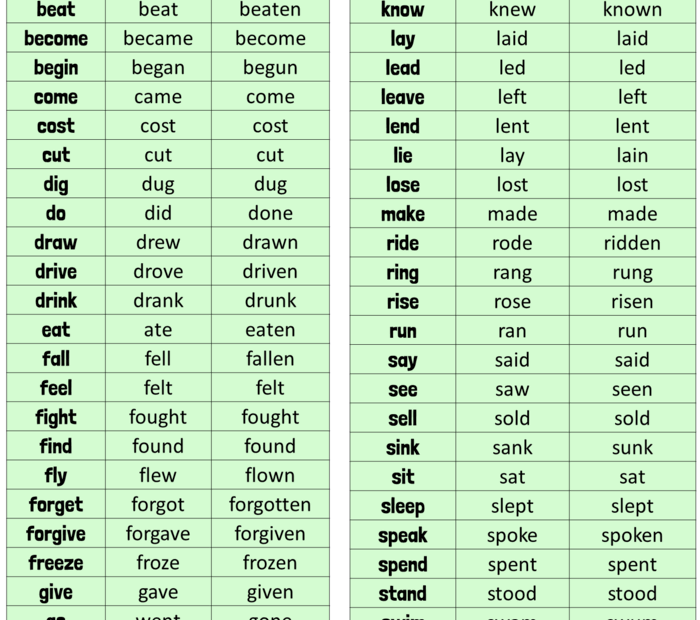Tìm thấy 37 bài viết liên quan đến chủ đề v1 v2 and v3 forms.
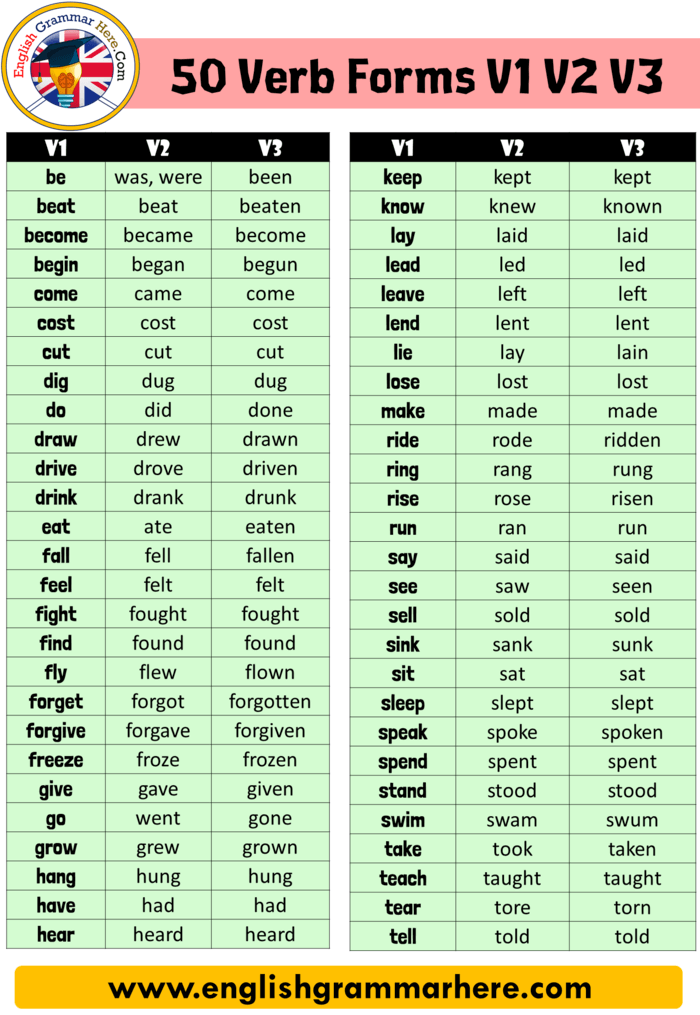



![English Grammar Verb Forms V1 V2 V3 V4 V5 100 Words [PDF] English Grammar Verb Forms V1 V2 V3 V4 V5 100 Words [Pdf]](https://englishaspirants.com/wp-content/uploads/2022/09/verb-forms-2...-1.png)

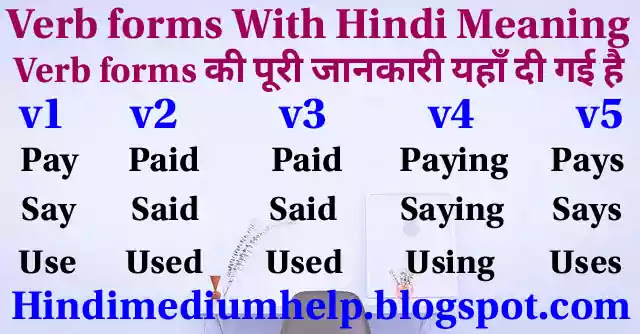



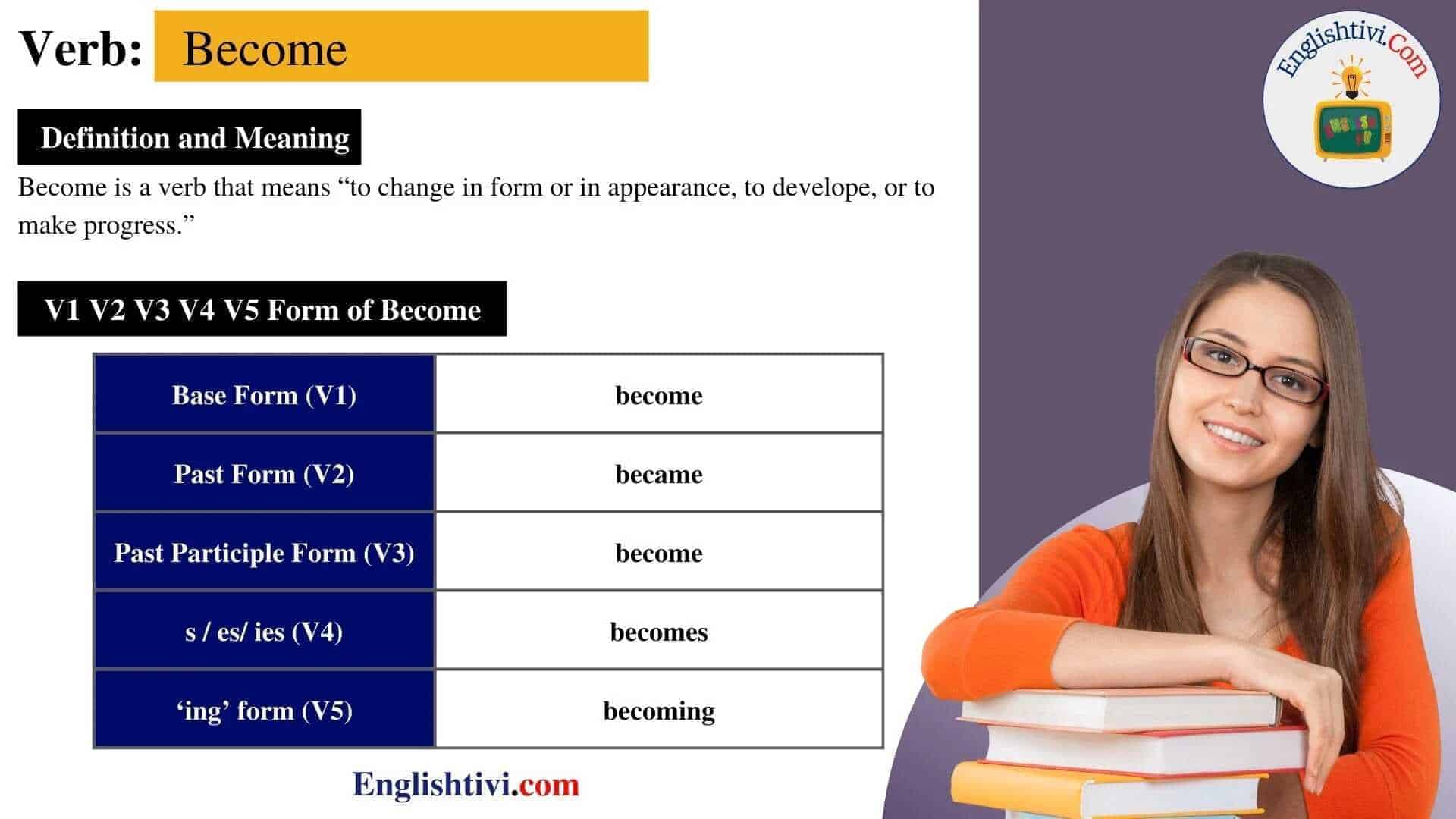


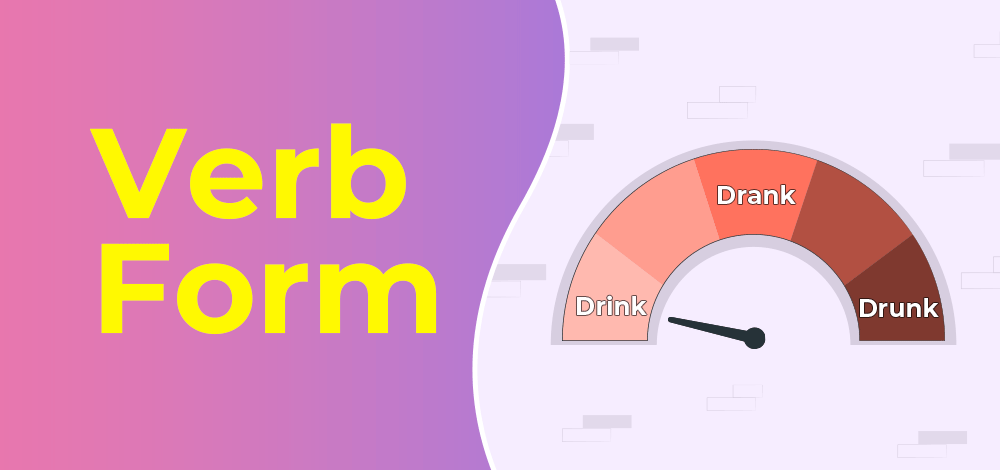
















v1 v2 and v3 forms
As with most languages, verbs in Vietnamese have different forms that represent different tenses, moods, and aspects. The three basic forms that Vietnamese verbs can take are v1, v2, and v3. Here’s a closer look at each form and how they are used:
1. Khái niệm về v1, v2 và v3
V1, v2, and v3 are the three forms of Vietnamese verbs that indicate tense, aspect, and mood. Here’s a brief overview of each form:
– V1: This form is used to express actions that are happening at the same time as the speaker is speaking or writing. It takes a lot of the same forms as the present simple tense in English.
– V2: This form is used to express past actions. It can take the forms of the past simple and present perfect tenses in English.
– V3: This form is used to express completed actions or states, usually indicated by the past perfect tense in English.
2. V1 form và cách sử dụng
The v1 form is used to indicate present time. Here are some common uses of the v1 form:
– Present Simple Tense: The present simple tense is used to express habitual actions or states. For example: Tôi học tiếng Việt hàng ngày. (I study Vietnamese every day.)
– Present Continuous Tense: The present continuous tense is used to express actions that are happening now. For example: Bạn đang làm gì? (What are you doing?)
– Imperatives: The v1 form can also be used to give commands or make requests. For example: Đóng cửa. (Close the door.)
Some verbs that frequently take the v1 form include ăn (to eat), uống (to drink), đi (to go), and nói (to speak).
3. V2 form và cách sử dụng
The v2 form indicates the past tense. Here are some common uses of the v2 form:
– Past Simple Tense: The past simple tense is used to express completed actions in the past. For example: Hôm qua tôi đi mua sắm. (I went shopping yesterday.)
– Present Perfect Tense: The present perfect tense is used to express actions that have occurred within an unspecified time frame. For example: Tôi đã đọc cuốn sách này. (I have read this book.)
Some verbs that frequently take the v2 form include đến (to come), mua (to buy), chơi (to play), and nói (to say).
4. V3 form và cách sử dụng
The v3 form indicates past participles. Here are some common uses of the v3 form:
– Past Perfect Tense: The past perfect tense is used to express actions that have been completed before a certain point in the past. For example: Trước khi tôi đến đây, tôi đã đi ăn tối. (Before I came here, I had eaten dinner.)
– Present Perfect Tense: The present perfect tense is used to express actions that have occurred within a specific time frame. For example: Tôi đã ăn cơm. (I have eaten rice.)
– Passive Voice: The v3 form is also used to form passive voice sentences. For example: Cuốn sách này đã được viết bởi tôi. (This book has been written by me.)
Some verbs that frequently take the v3 form include học (to study), chơi (to play), kể (to tell), and đặt (to put).
5. Quy tắc biến đổi các hình thức động từ
Like in English, Vietnamese verbs undergo some changes depending on tense and other factors. Here are some rules and exceptions to keep in mind:
– Some verbs don’t change form, such as là (to be) and được (to be allowed).
– The v2 form of some verbs is formed by inserting -đã (already) after the v1 form. For example, the v1 form of đọc (to read) is đọc, and its v2 form is đã đọc (read already).
– Some verbs undergo a change in the vowel sound when they go from v1 to v2. For example, the v1 form of đi (to go) becomes đi and the v2 form becomes đã đi (went already).
– Some verbs have irregular v2 and/or v3 forms, such as being completely different words. For example, the v1 form of ăn (to eat) becomes ăn, và, v2 là ăn và v3 là ăn rồi (ate already).
FAQs:
Q: What is the difference between v2 and v3 forms?
A: The v2 form indicates actions completed in the past, while the v3 form indicates completed actions without any indication of time.
Q: How are imperatives formed in Vietnamese?
A: Imperatives are formed using the v1 form of the verb.
Q: Are there any verbs that don’t change form in Vietnamese?
A: Yes, lá/Ta, meaning “to be,” và “được,” meaning “to be allowed,” don’t change form.
Q: What are some common verbs that frequently take the v1, v2, and v3 forms?
A: Some common verbs that frequently take the v1 form include ăn, uống, đi, và nói. Some common verbs that frequently take the v2 form include đến, mua, chơi, and nói. Some common verbs that frequently take the v3 form include học, chơi, kể, and đặt.
In conclusion, understanding the different forms of Vietnamese verbs is an important aspect of mastering the language. Knowing when to use v1, v2, and v3 forms can help you form sentences more accurately and communicate more effectively. By keeping these rules and exceptions in mind, you’ll be able to use Vietnamese verbs with greater confidence and accuracy.
Từ khoá người dùng tìm kiếm: v1 v2 and v3 forms Our v1 v2 v3, Good verb forms v1 v2 v3, New v1 v2 v3, Duty verb forms v1 v2 v3, Table V1 v2 v3, Least v1 v2 v3, Kind v1 v2 v3, 50 v1 v2 v3
Tag: Share 88 – v1 v2 and v3 forms
Verb1 Verb2 Verb3 | Verb forms | 30 Verbs with 2nd and 3rd forms | Present-Past_Past Participle
Xem thêm tại đây: buoitutrung.com
Link bài viết: v1 v2 and v3 forms.
Xem thêm thông tin về chủ đề v1 v2 and v3 forms.
- Verb Forms V1 V2 V3 V4 V5 List – Byju’s
- V1 V2 V3 Form List, Base Form, Simple Past, Past Participle
- V1 V2 V3 Verb forms List (PDF download) 300+ Words
- Verb Forms, V1, V2, V3, Write All Three Forms of Verb
- Verb Forms in English, Three Verb Form List V1, V2, V3
- English Grammar Verb Forms V1 V2 V3 V4 V5 100 Words [PDF]
Categories: https://buoitutrung.com/img/
